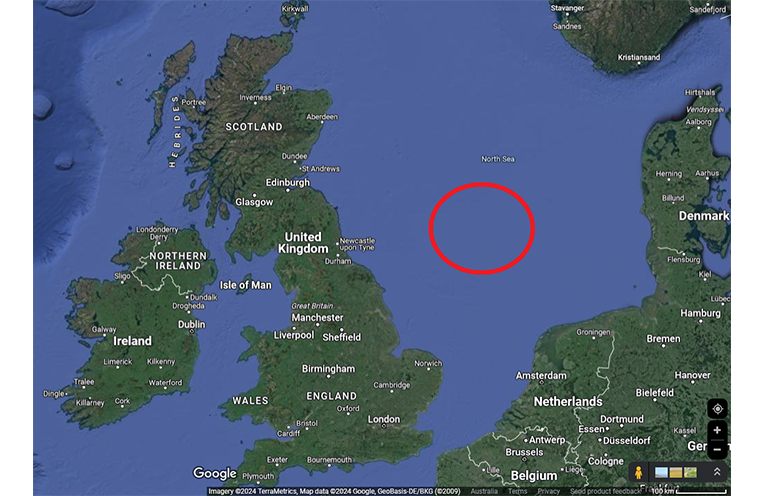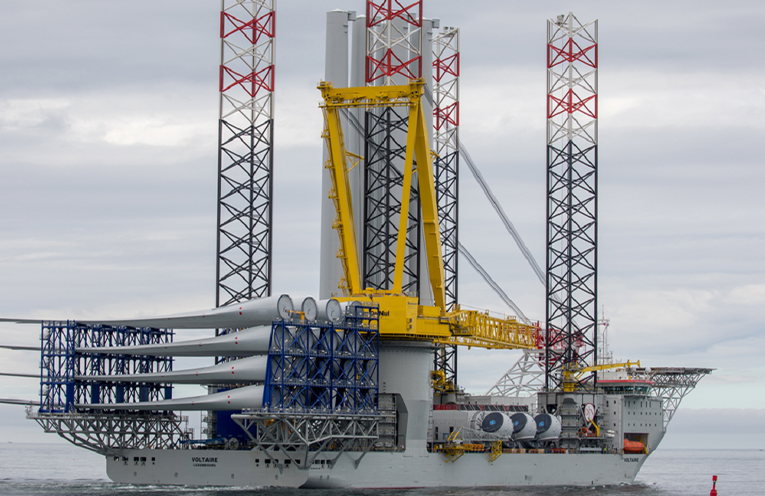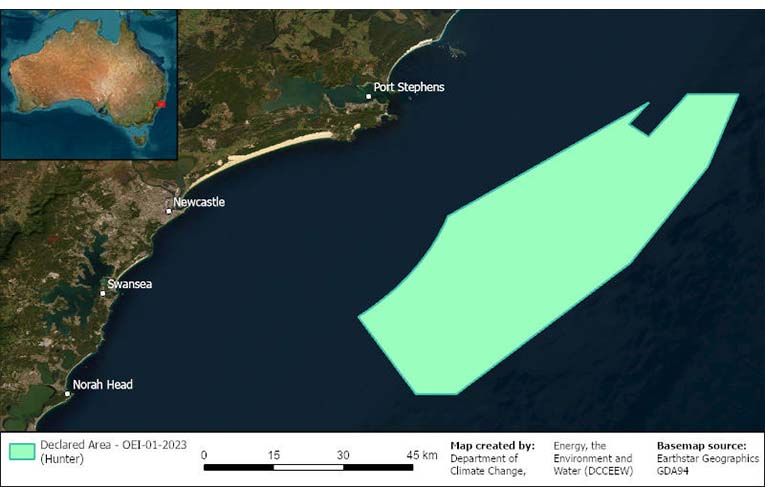
PERSPECTIVES on the proposed Hunter offshore wind farm have come into sharper clarity with a recent comparison opportunity provided by public details of another offshore project in the United Kingdom.
According to the Department of Climate Change, Energy, the Environment and Water (DCCEEW) website, the zone declared suitable for offshore wind development off the Hunter coast is 1,854km2, and has “potential power generation” of 5.2 gigawatts (GW).
 Advertise with News of The Area today.
Advertise with News of The Area today.It’s worth it for your business.
Message us.
Phone us – (02) 4981 8882.
Email us – media@newsofthearea.com.au
There are, as yet, no clear indications of how many turbines will need to be installed, as the feasibility stage has only just begun, being carried out by a number of private enterprises.
The Dogger Bank Wind Farm is located in the North Sea, east of England, and according to its official website “is the world’s largest offshore wind farm, being developed in three phases – Dogger Bank A, B and C, over an area of 1,674km2, located between 130km and 190km from the nearest shoreline, and constituting 277 turbines”.
“The first phases went online in October 2023, each phase will have an installed generation capacity of 1.2 gigawatts, combined they will have an installed capacity of 3.6GW.”
Being a current project that, ostensibly, uses cutting-edge technology, Dogger Bank may well be the best possible comparative case study to assist understanding of the Hunter offshore wind farm proposal.
Dogger Bank is smaller by just under 200km2, and its projected 3.6GW power will be outputted by a clearly stated turbine count of ‘277’.
By objective comparison, the slightly larger Hunter proposed offshore wind farm area would require at least as many turbines, possibly up to 300, or more, to meet DCCEEW’s projected output of 5.2GW, and the slightly larger area would, presumably, be able to accommodate that.
As to power output, one quarter of NSW’s current electricity needs are met by the ageing Eraring coal-fired power station on Lake Macquarie, which is currently Australia’s largest power station.
Eraring also only outputs 2.9GW, according to its official website.
The comparisons prove that the Hunter proposal is starkly unprecedented, both in size, power generation, and technology to be used.
Dogger Bank is a joint venture between SSE Renewables (40 percent), Equinor (40 percent) and Vårgrønn (20 percent), at least one of which is currently vying for the Hunter feasibility studies.
By Thomas O’KEEFE


there is no Comparative Perspective . Dogger Bank uses fixed to the bottom turbines and is not in a whale migration route. Hunter coast uses floating turbines, which is in a whale migration zone.